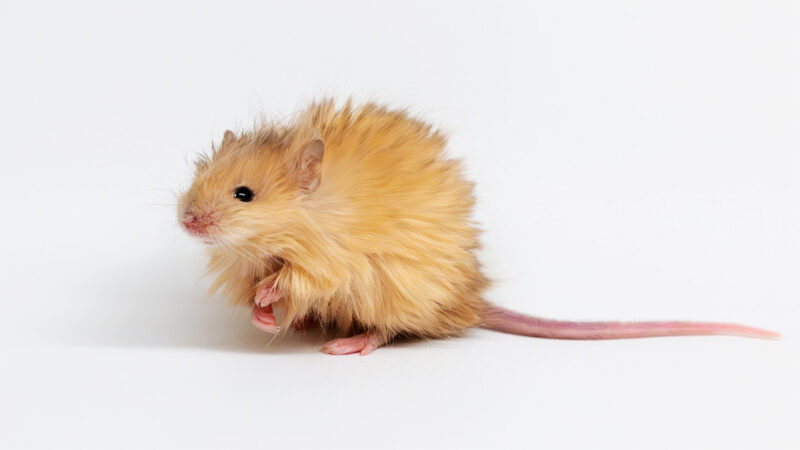
adaptation: (in biology) The development of new programs, processes, policies and structures to make communities and their inhabitants better able to head off — or at least withstand — the dangerous impacts of a warming climate. Those impacts may include drought, flooding, wildfires, extreme heat and extreme storms.
biology: The study of living things. The scientists who study them are known as biologists.
breed: (noun) Animals within the same species that are so genetically similar that they produce reliable and characteristic traits. German shepherds and dachshunds, for instance, are examples of dog breeds. (verb) To produce offspring through reproduction.
calf: (plural: calves) The name of young animals in a range of mammalian species, from cattle to walruses.
carcass: The body of a dead animal.
cell: (in biology) The smallest structural and functional unit of an organism. Typically too small to see with the unaided eye, it consists of a watery fluid surrounded by a membrane or wall. Depending on their size, animals are made of anywhere from thousands to trillions of cells.
climate change: Long-term, significant change in the climate of Earth. It can happen naturally or in response to human activities, including the burning of fossil fuels and clearing of forests.
clone: An exact copy (or what seems to be an exact copy) of some physical object. (in biology) An organism that has exactly the same genes as another, like identical twins. Often a clone, particularly among plants, has been created using the cell of an existing organism. Clone also is the term for making offspring that are genetically identical to some “parent” organism. (v.) To make an exact copy of some physical object.
conservation: The act of preserving or protecting something. The focus of this work can range from art objects to endangered species and other aspects of the natural environment.
ecologist: A scientist who works in a branch of biology that…
Read the full article here
